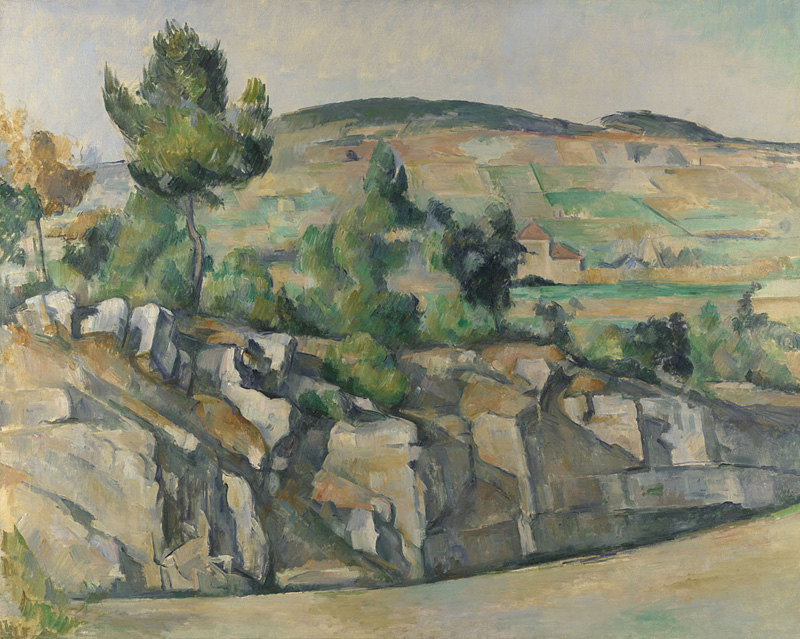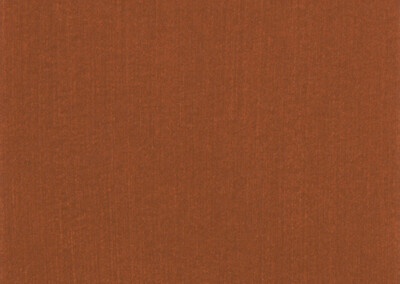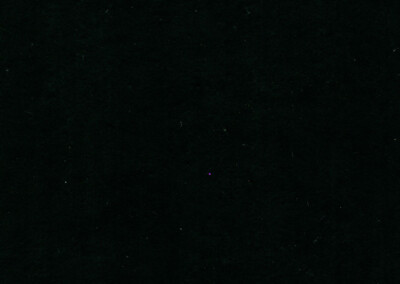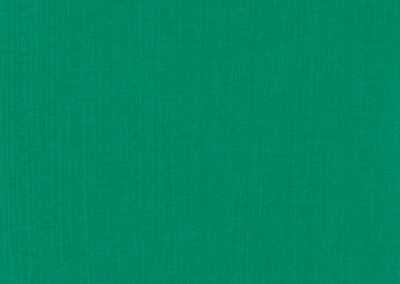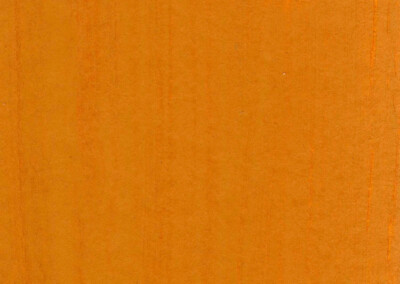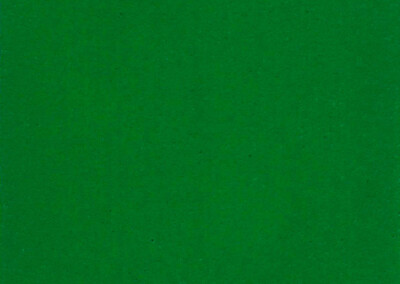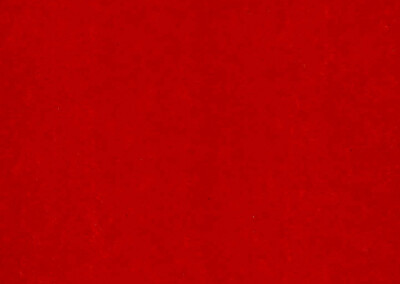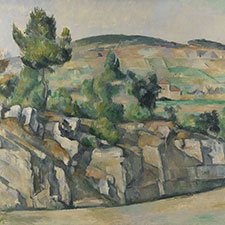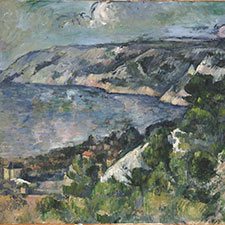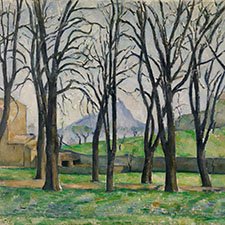Paul Cézanne, Hillside in Provence
about 1890-92Paintings sorted by Historical period | Painter | Subject matter | Pigments used
Overview: Cézanne, Hillside in Provence
Medium: Oil
Support: Canvas
Size: 63.5 x 79.4 cm
Art period: Post-Impressionism
National Gallery London
NG4136
Pigments in Cézanne, Hillside in Provence
Pigment Analysis
The following pigment analysis is based on the investigation of the painting by the scientists at the National Gallery London (1,2).

1 Bluish sky: lead white and artificial ultramarine.
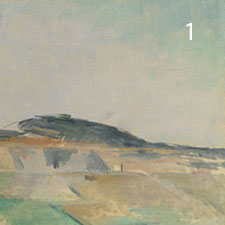
2 Pale turquoise sky on the left: lead white, emerald green, and artificial ultramarine mixed in equal proportions.
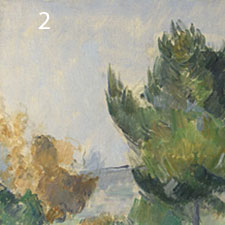
3 Brilliant green foliage: emerald green and a small amount of viridian.
4 Brilliant green field: emerald green and a small amount of viridian.
5 Rose-mauve patch: lead white and vermilion with a trace of artificial ultramarine.
6 Bluish mauve patch: lead white and artificial ultramarine with small amounts of vermilion and emerald green.

7 Yellow-green grass on the edge of the path: Yellow lake glaze over lead white and viridian.
8 Straw-coloured foreground: thin yellow glaze and little vermilion and black.

9 The deep dark blue shadow between rocks: artificial ultramarine, some lead white and ivory black.
10 The thin brown colour of foreground rocks: yellow ochre, yellow-brown ochre mixed with yellow lake, and a trace of vermilion.

11 Grey-blue horizon on the right side: lead white and artificial ultramarine with a little vermilion and a black pigment.
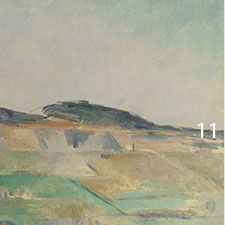
References
(1) David Bomford, John Leighton, Jo Kirby, Ashok Roy, Impressionism: Art in the Making, National Gallery London Publications), 1991, 196-199.
(2) Roy, A. The Palettes of three Impressionist Paintings, National Gallery Technical Bulletin, Vol 9, 1985, 12-20. Available as pdf.

